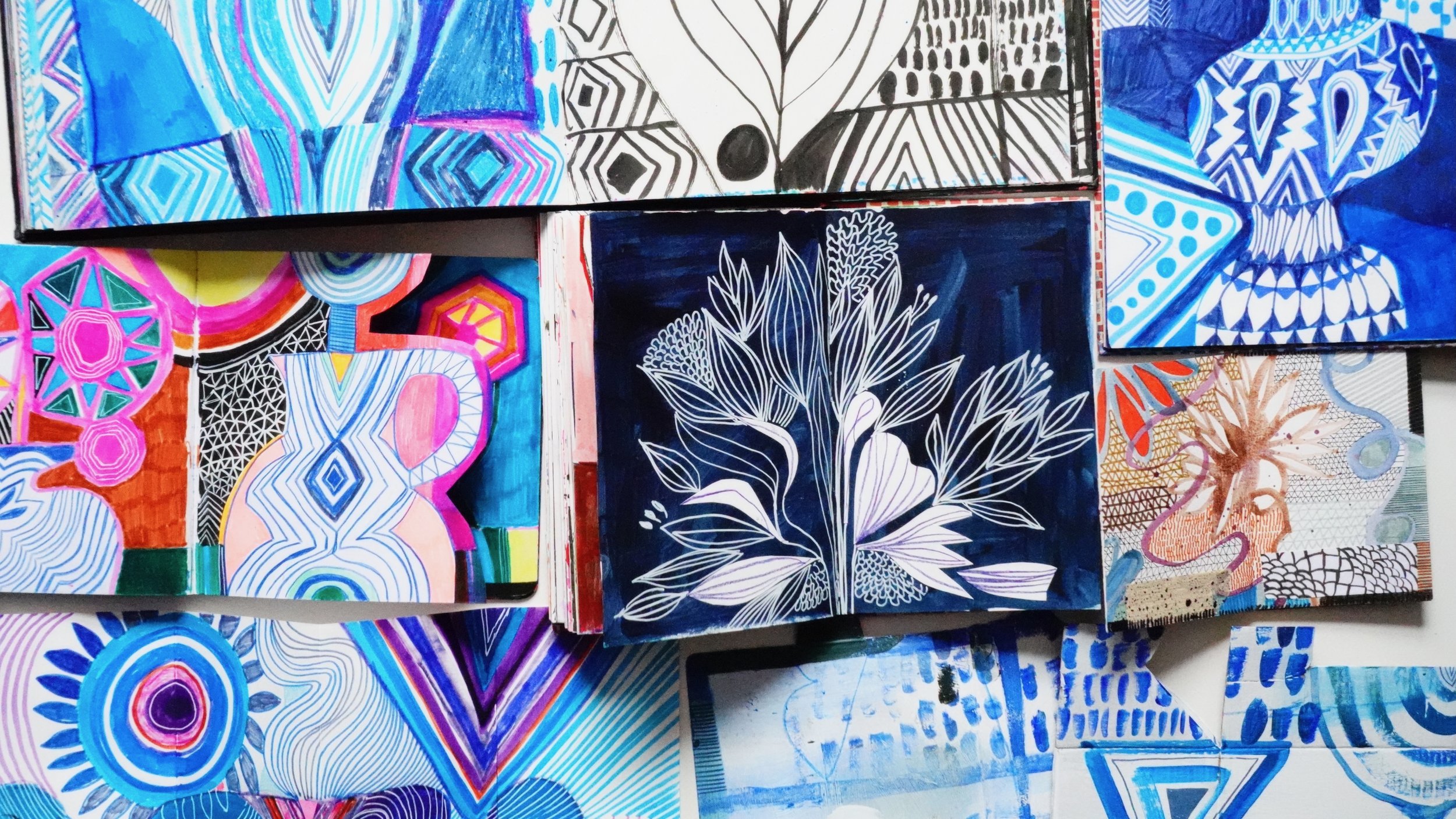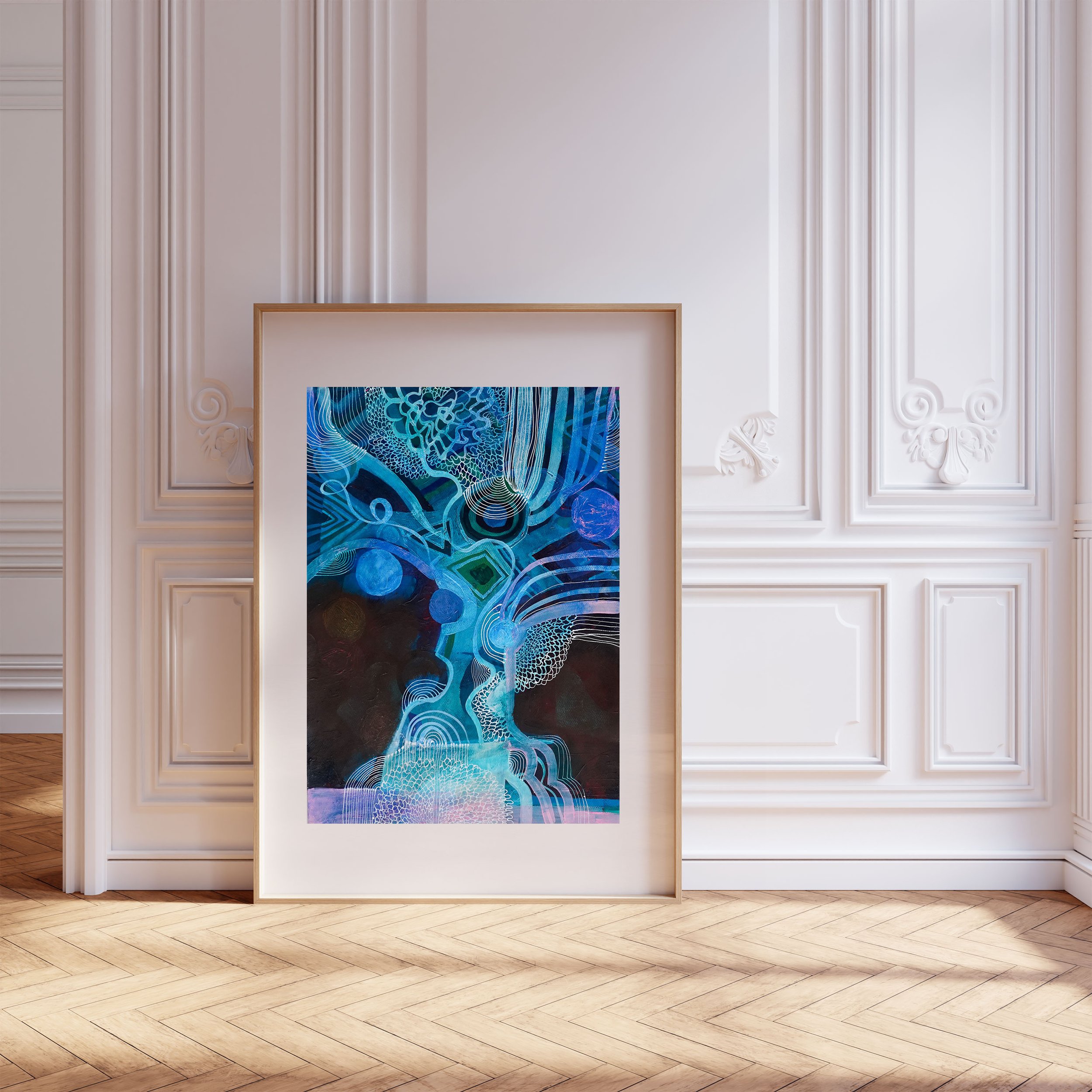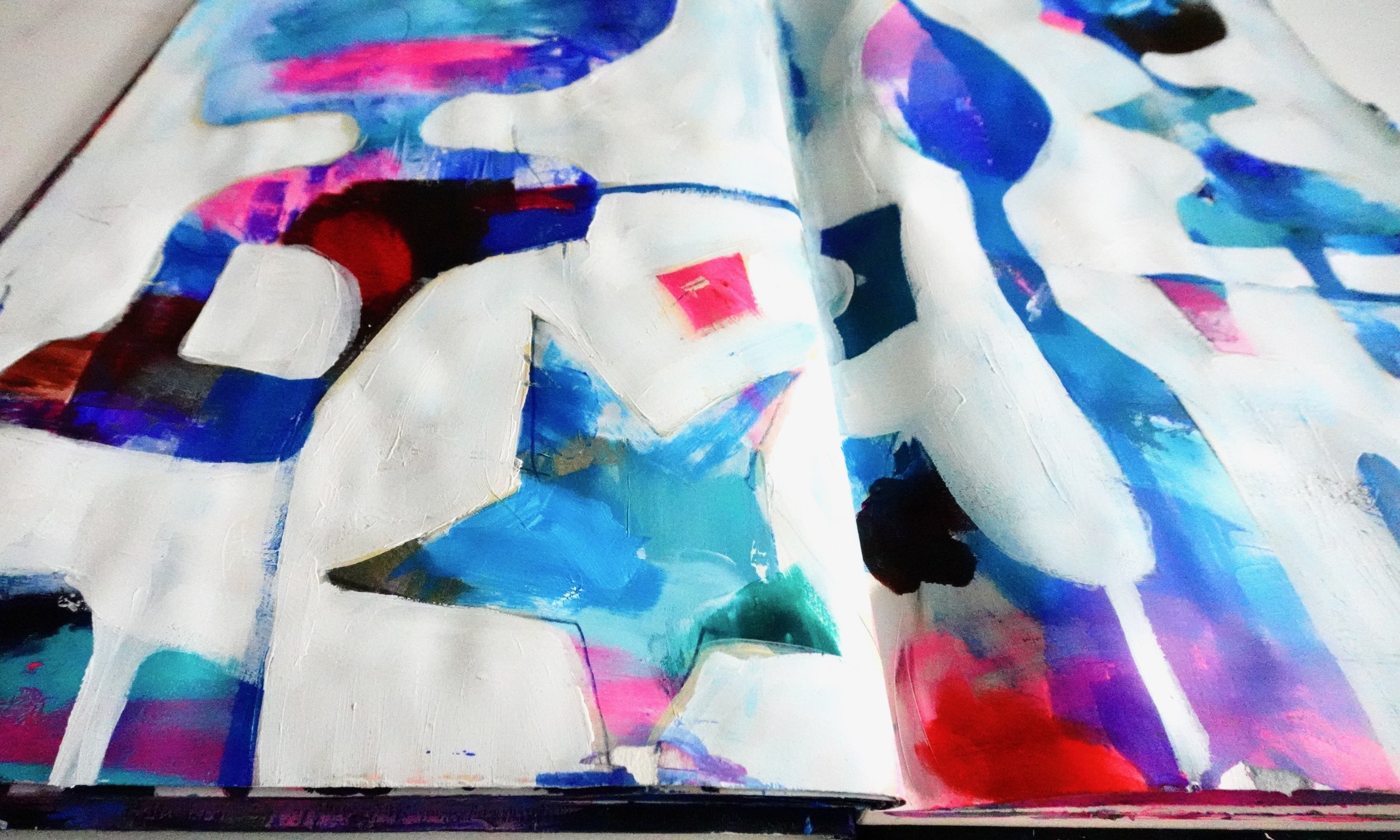
Art making ideasi
Ideas. Inspiration. A little creative mischief.
If you’re drawn to abstract and semi-abstract art, sketchbooks, colour and a little creative mischief, this is your corner of the internet.
Here you’ll find stories, videos, inspiration, art making advice and gentle nudges to help you create art that feels exciting to you.
How to make a simple sketchbook
Learn how to make a simple concertina book which can be turned into a more regular sketchbook with a little glue…
Art and life: sketchbooks, paintings and art books
Tracing how my sketchbooks influence my paintings and sharing some favourite art books…
Art demo: abstract painting inspired by shapes
A practical tutorial about painting abstract pages inspired by shapes…




